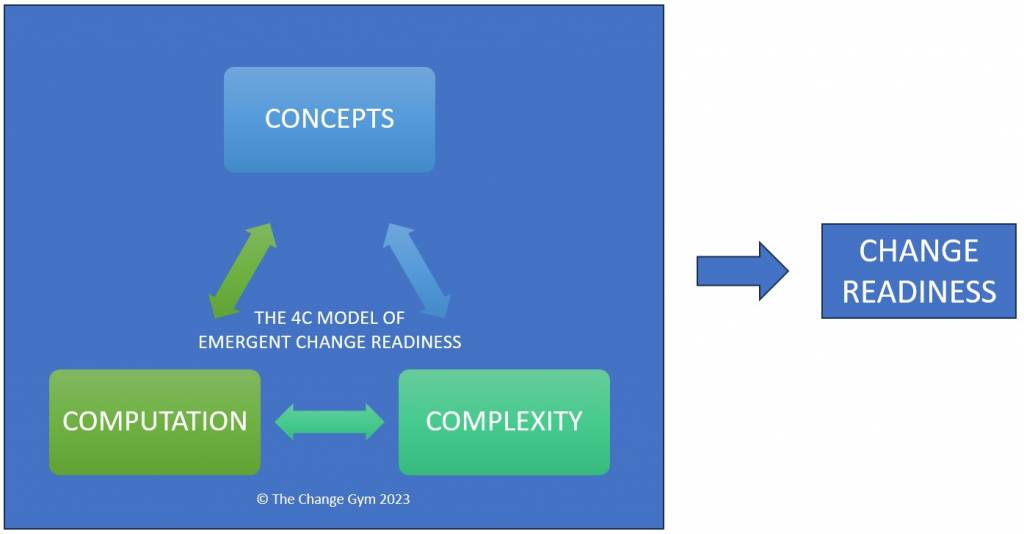Conceptual Framework
We help organisations grow change readiness, so they are more effective, adaptable, sustainable, and competitive. Informed by research from multiple disciplines, we bring rigorous science to this important area of organisational growth.
How does change readiness help us?

Imagine you have an internal combustion engine, like the ones in most cars. They are made of metal, they generate huge amounts of heat, and there are many moving parts that are connected to other parts. To make the engine work, you need the right fuel. You also need water to take away excess heat, and you need oil to reduce friction. You must add liquid to the hard metal engine if you want it to function.
This analogy of the engine helps us understand what change readiness does. The organisation is like the engine. It consists of many parts that are connected to each other. The engine has the power to do work, just like the organisation has the power to create change. But nothing happens without the fuel, the oil, and the water. In an organisational setting, these liquids represent what change readiness does.
Change readiness creates flow by reducing friction during change. It provides energy to keep the organisation moving forward. And it reduces the heat that increases burnout and fatigue.
In the analogy used above, we saw that change readiness is like the fluid that makes the engine work. But there is a big difference between the fluids you put into an engine and change readiness in an organisation. Change readiness is not something you put into an organisation. It is something that emerges from an organisation.
It emerges from the organisation because you put other things into it. And you need to put the right things in at different levels of complexity. These levels are shown in the adjacent image.

How do you start?
The best place to start is getting the right information. You can do this easily and it will not cost any money. Simply sign up to one of our free masterclasses. Click the button below to learn more.